A Sick Kit for Kids is the perfect resource for families with children who:
A Sick Kit for Kids brings comfort and peace.
The child knows she'll be safe, can rest, and be taken care of when not feeling well, no matter her symptoms.
The content of sick kits may vary from kid to kid based on needs and preferences.
In this post I'm sharing our youngest daughter's sick kit.
A Sick Kit for Kids
Our youngest daughter, Sunshine has been diagnosed with a mood disorder, Reactive Attachment Disorder, ADHD, anxiety, and is also on the Autism Spectrum with intellectual impairment.
Due to past trauma before she was adopted, as well as trauma in residential placements over the years, and being separated from her family in treatment during COVID-19, Sunshine fears she will die every time she gets sick.
If others are sick, she thinks she's sick (which may or may not be true).
Sickness triggers depressive episodes and sends her anxieties through the roof.
We've found it crucial to have a sick kit on hand for Sunshine when she's sick and when others in the home are sick and she's worried she may become sick too.
What to Include in a Sick Kit for Kids
All of my kids know the first thing I ask them to do when they are sick is to get a trash can.
Each of them has one in their room.
Whether it's a runny nose or a stomach ache the trash can is so helpful.
I love making sure there are small trash cans around so the kids can carry them where they need to, but I also make sure they are big enough for when a child may need to vomit.
Every trash can is different so everyone knows which one is theirs.
Over the years I've found our local dollar store to have a great variety to choose from, however they do break easily when stepped on or tripped over.
Each of our kids have their own tissue boxes in their rooms. We also have tissue boxes in almost every room of our home.
When a child is sick, they grab their tissue box and carry it with them (along with their trash can) throughout the house wherever they go.
This helps cut down on germs.
Dirty tissues immediately go in a trash can.
To help distinguish tissue boxes, I try to pick up a different design for each person.
Our local dollar store tends to have some really cute ones.
Sunshine's last tissue box at home was Barbie themed.
If you're looking for resources to help your children learn how to blow their nose, know we have one that's absolutely perfect!
This freebie contains visuals for washing hands, washing hair, blowing nose and more!
Due to Sunshine's mood disorder meds, she is unable use medications that our other children can use when she's congested.
What I love most about this is that it can be used as often as she feels she needs to use it.
This promotes independence and provides a sense of control for her when she's sick.
Mixing cough medicine with mood disorder meds can also be tricky so we tend to avoid them with Sunshine.
Instead, she thoroughly enjoys diet-friendly throat drops.
Again, these throat drops promote independence and provide a sense of control when sick because she can choose when she uses them.
We do set some perimeters, to ensure we're following dosage instructions, but other than that, Sunshine can ask for one when she feels she needs one.
Aquaphor is our go to ointment for scratches, cuts, eczema dry skin, chapped lips, and so much more.
When kids have runny noses and are constantly blowing their noses, causing dry and cracked skin, we use Aquaphor, especially before bed.
When congestion causes chapped and cracked lips, we use
Aquaphor as often as needed to help.
Sunshine tends to feel like her senses are on fire when she's starting to get sick and when she's starting to feel better.
A deep massage with
Aquaphor to help with her itchy eczema skin can help so much.
None of our kids enjoy having their temperatures taken, especially when they have to hold the thermometer in their mouths, under their tongue, or have something stuck in their ear.
Both of our girls are notorious for having ear infections.
We have found the thermometer in the picture above to be our absolute favorite.
It is super easy to use.
All of the kids can use it by themselves.
Sunshine LOVES that the colors change to help her understand what the numbers mean.
We use these colors to help her understand when she needs medicine for a fever and how it helps.
When others are sick in the home and she worries about her being sick, she can grab the thermometer and check her own temperature.
She feels so relieved when she sees that the thermometer shows green.
Ever since Sunshine has been afraid she will die of COVID-19 like her great grandfather did, we keep an oxygenator in our Sick Kit for Kids.
We've taught Sunshine what the numbers mean, so she can assure herself, she's okay.
The Oxygenator has also come in handy with Princess, as she struggles with severe anxiety and panic attacks.
Keeping track of her pulse when anxious helps Princess know what she needs to do to help herself so she doesn't pass out or need bed rest. (Yes it's that severe.)
We have to be super cautious with medications that may cause issues with Sunshine's mood disorder meds.
When it comes to pain relievers and fever reducers, Acetaminophen is our best option.
I try to avoid dyes and other additives when Sunshine is sick as they only aggravate anxiety, sadness, and anger.
Genexa is a clean option that we can trust.
Dinomite and Princess usually have
Advil in their sick kits.
Bulldozer uses adult
Tylenol as he's allergic to ibuprofen.
Princess is notorious for her high fevers. There have been times when Bulldozer also struggles with really high fevers.
During those very sensitive situations where the thermometer reads red and we're still waiting for medicine to work, we always keep ice packs on hand to wrap around the kids' heads and wrists.
The kids tend to like the size and texture of these ice packs best.
If you choose to put together your sick kit together ahead of time and are not planning to store items in the freezer, a good alternative to these ice packs are
cooling towels.
At times it can be extremely difficult to encourage kids to drink fluids when they're sick.
For this reason, when someone's sick, we immediately switch from tap water to water with electrolytes.
This is especially true if someone comes down with a stomach bug.
I try to avoid drinks with dyes, extra sugar, etc. as they do influence behaviors.
Even though most of our kids are teenagers, we don't go anywhere without these sensitive skin Pampers baby wipes.
They are so helpful to have around, especially when kids are sick!
We use them to wash sticky hands and faces after taking liquid medicine.
We use them when a child misses their tissue while blowing their nose.
We use them when clumsy accidents happen, because kids don't feel good.
They're an absolute life saver, especially when kept right next to the sick kid.
Going to a sink to wash hands every time you blow your nose, cough, or sneeze when sick is absolutely no fun.
We keep Germ-X on hand for these moments to help with the spread of germs and to allow a sick child to stay in one place until they need to get up to go to the bathroom.
When a kiddo is complaining of a stomach ache and we've established it's related to being sick, we invite her to take it easy and stick to bland foods that won't aggravate her tummy.
Crackers are the top of the list when it comes to bland foods.
These crackers are ones that all of our kids can eat and don't cause further stomach upset.
Sunshine isn't one who understands she should let her tummy rest when it's feeling upset.
She is not a child who likes crackers and breads very much either.
We always make sure we have unsweetened applesauce pouches on hand for Sunshine.
She loves them and considers them a special treat.
We are fans of the BRAT diet for very short time periods when kids have an upset stomach.
To ensure that we have foods on hand that the kids will eat when they have an upset stomach, we keep banana chips on hand.
They are the perfect nonperishable alternative to fresh bananas and provide a crunch, which can be a pleasant sensory experience when sick.
Once we know a child has fallen ill with a stomach bug that includes vomiting and/or diarrhea we make some JELL-O to have on hand in the refrigerator.
I try to make sure I don't use red dye and that JELL-O is sugar free so that it doesn't trigger other behavior challenges.
Sunshine just happens to love all things lemon flavored, so this is a great option for her.
Diarrhea is absolutely NO fun.
When Sunshine has an accident she is so embarrassed and does not want help cleaning up.
Flushable wipes are our best option in these cases.
Due to our septic system, we opt not to flush them. She uses a garbage can instead.
But, the wipes allow her to be independent in a difficult situation.
Sunshine doesn't like the idea of using baby wipes in a situation like this because then she feels like a baby, which is why we purchase these ones that are meant for teenagers and adults too.
Nothing helps more than a soft comfy blanket when sick.
This is Sunshine's favorite sick blanket.
She keeps it downstairs to use in the living room.
I love that it's big enough to cover her whole body and keeps her nice and warm while providing sensory input she enjoys.
An extra pillow is always a must when sick.
Pillows help to keep the head elevated when congested and coughing.
They also provide extra comfort when resting.
Sunshine can never have enough pillows on hand.
We tend to use
dust mite protectors on our pillows to help with extra allergy and sensitivity aggravation while sick.
Sunshine's number one comfort item is a big stuffed animal, this is especially true when she's sick.
She does not go anywhere without her big stuffed animal with her.
Her stuffed animal provides sensory input she enjoys and is a coping strategy when she feels super yucky.
When our kids are super sick, all the want to do is lay around and watch movies and we support that until they're feeling up to doing something else.
Depending on how sick and what they're sick with, they also enjoy reading and coloring.
This past year while at home, the day always started with cartoons.
Sunshine's favorite was Blues Clues and You.
When she was sick, she would most often continue with her morning shows for much longer.
How to Put Together a Sick Kit for Kids
Having all you need for a sick kit on hand in your home can make a world of difference for some kids.
You don't necessarily have to keep all items in the sick kit together, unless you want to.
If you do choose to keep them together, the goal is to keep everything contained to a trash can, backpack, and stuffed animal.
All that really matters is that your child knows everything is ready if and when she gets sick.
While at home, Sunshine's sick kit would help her feel so much better emotionally as her body was sick and trying to heal.
She would start gathering items together for siblings when they became sick.
Over time, all of our kids are learning to know exactly what they need and want when they're sick, which is a skill that will help them so much when they are older.
A Sick Kit for Kids is such an incredible resource to have on hand!
If you enjoyed this post, you may also like the resources below.

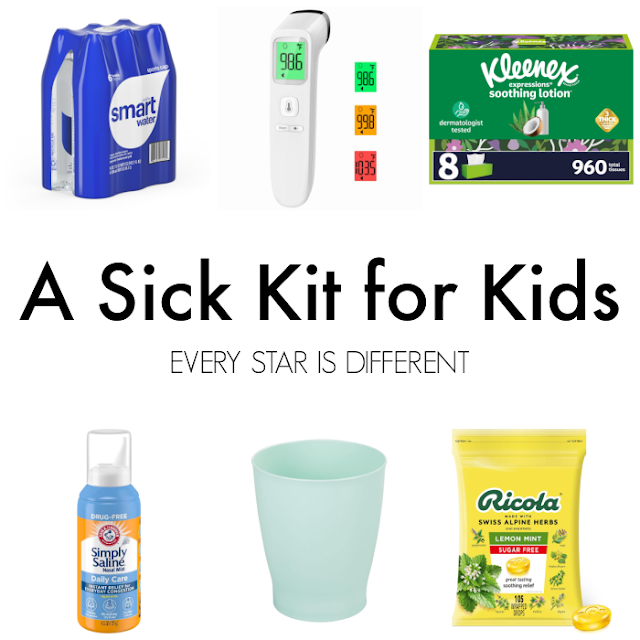
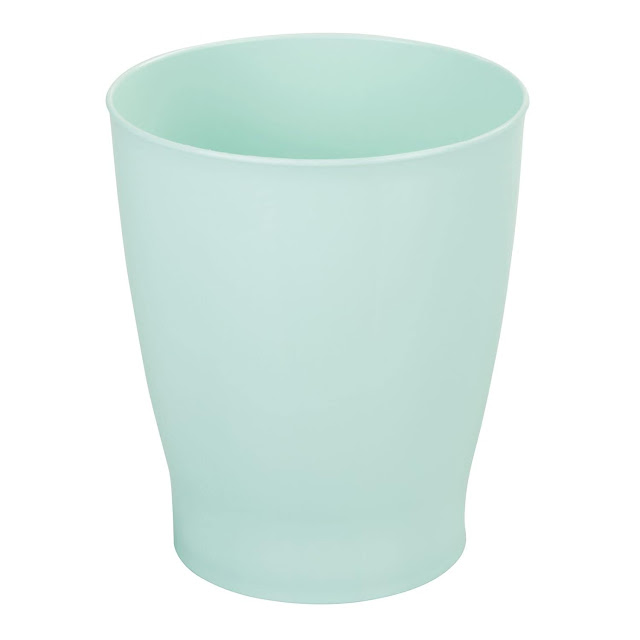




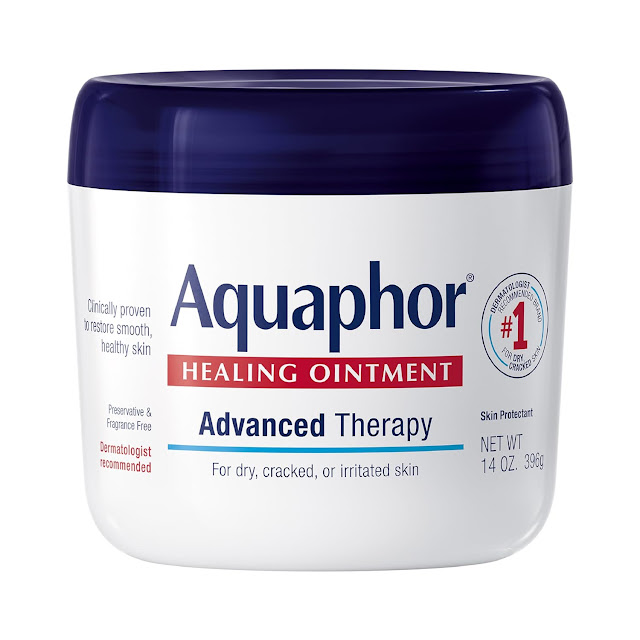

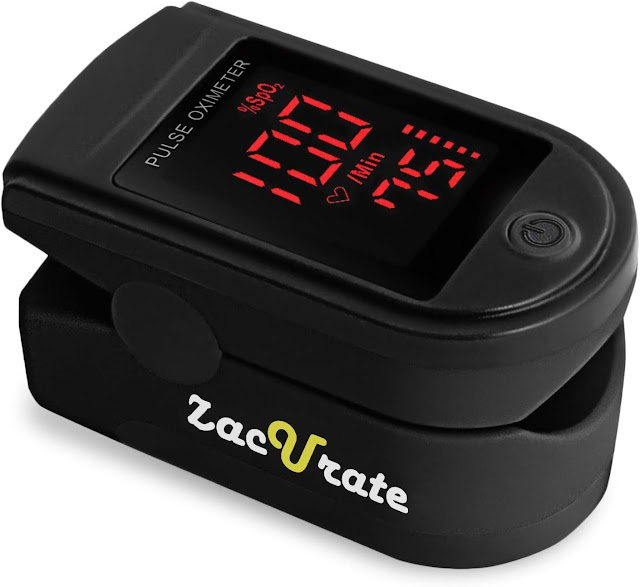

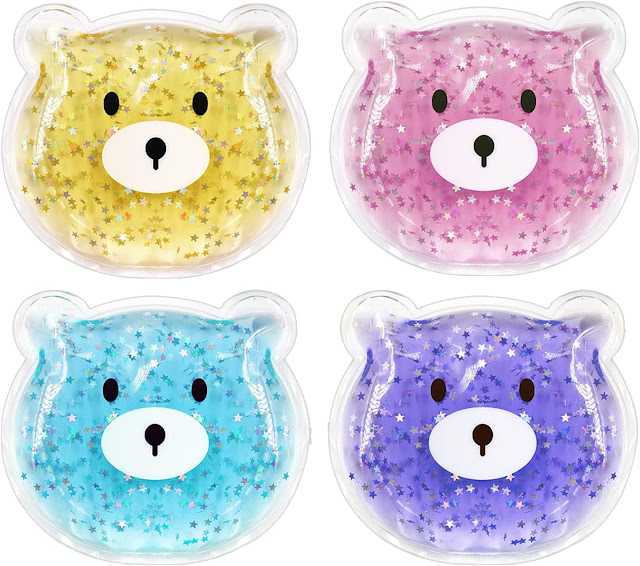



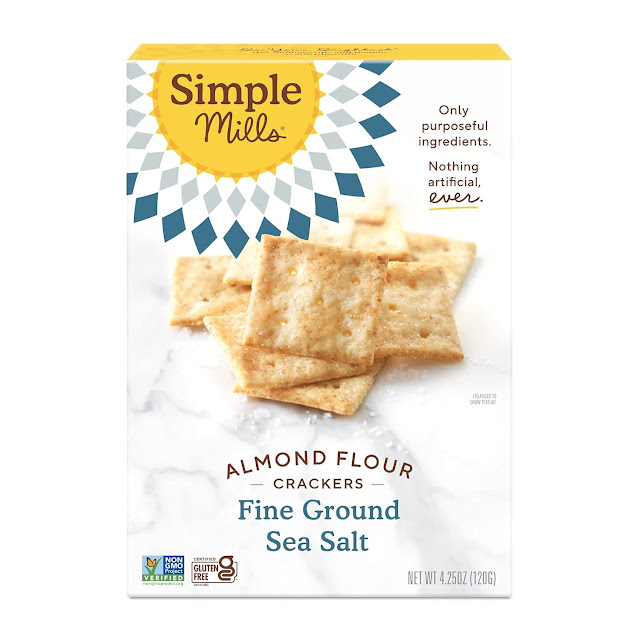
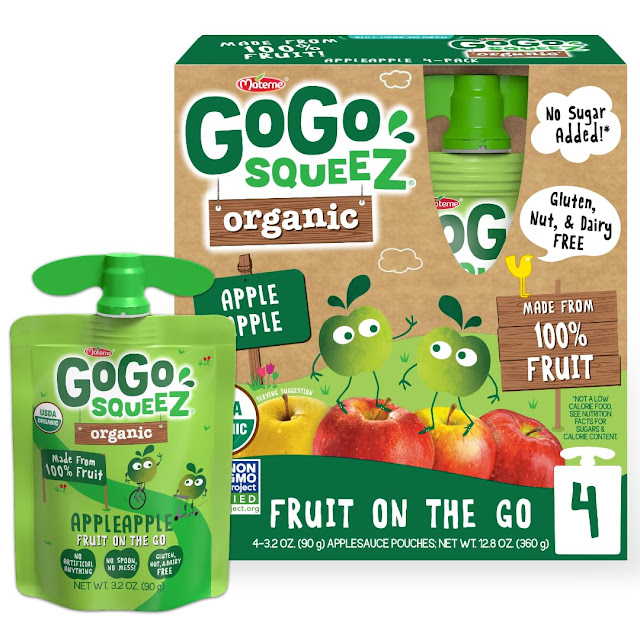





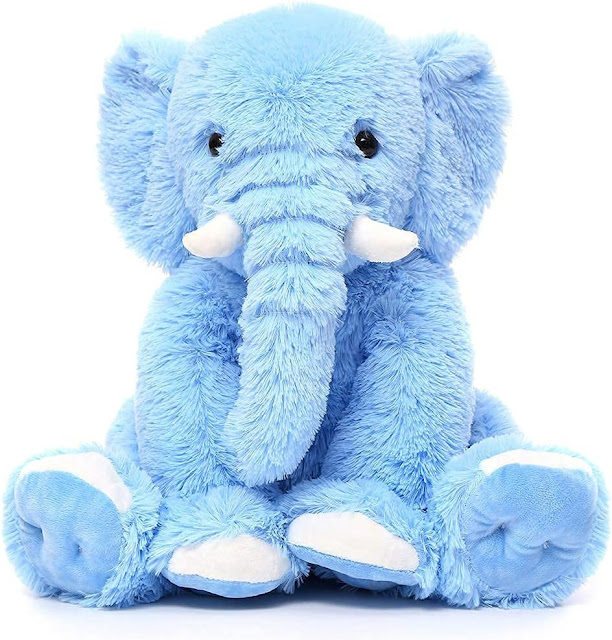

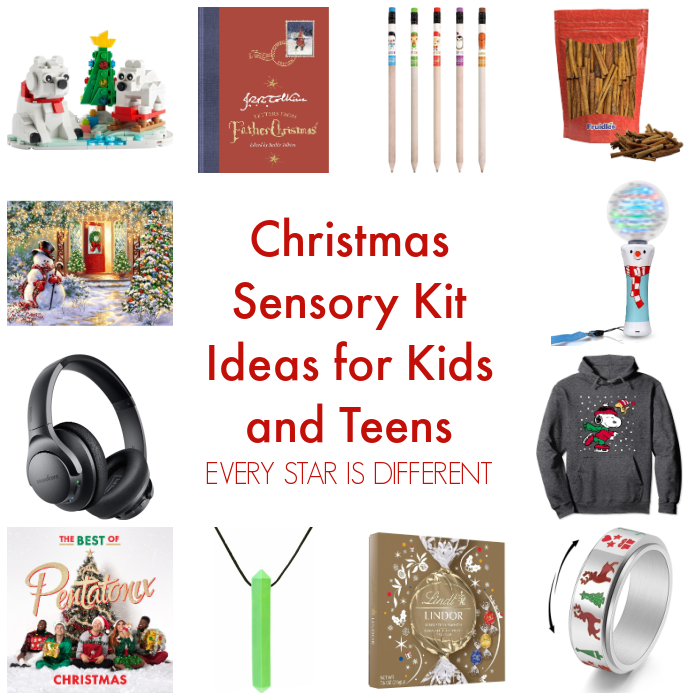


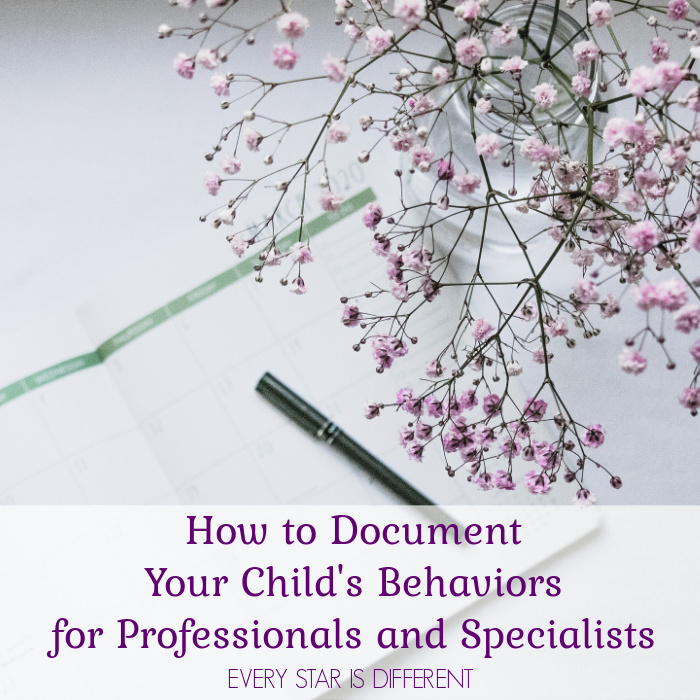

.jpg)



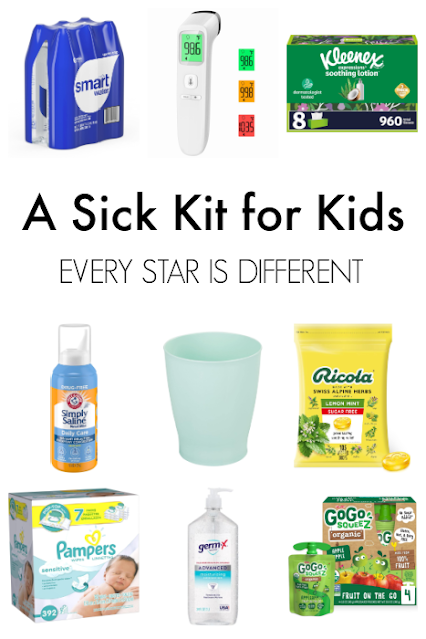
No comments:
Post a Comment